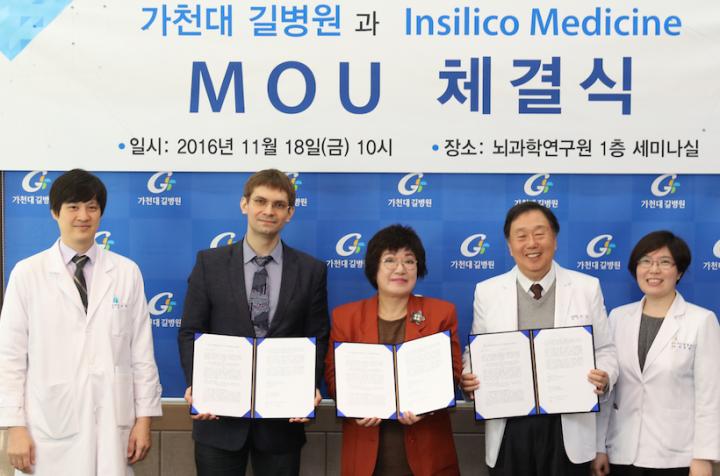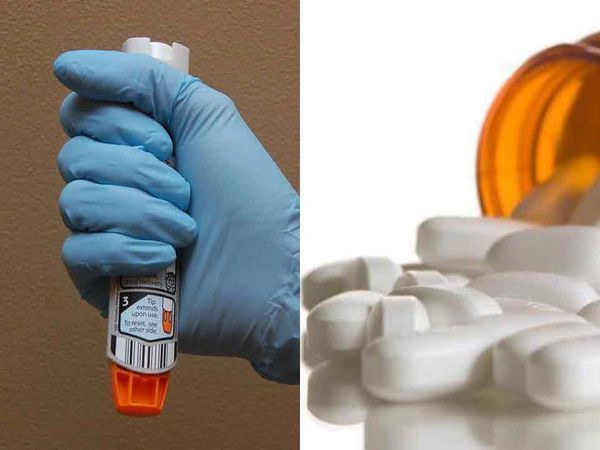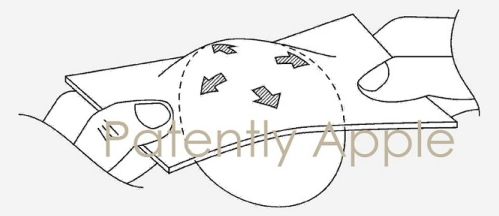Let’s debate whether ageing is a disease *after* the diseases of old age are eliminated, shall we?
Whether or not ageing ought to be considered a disease is still matter of controversy, both among experts and laypeople. Particularly, the latter tend to turn up their noses at the thought of ageing being pathological and not ‘normal’, especially if they’re outside the life-extension/rejuvenation community. Clearly, they ignore the fact that ‘normal’ and ‘pathological’ aren’t mutually exclusive at all. It’s perfectly normal to suffer from hear loss in old age; notwithstanding, it is out of the question that hear loss is a pathology and we have developed several ways to make up for it. It presently can’t be cured, because like all age-related diseases, it can only get worse as long as the age-related damage that causes it keeps accumulating.
In my humble opinion of quasi-layperson (I’m nowhere near being an expert, but I do think I know about ageing more than your average Joe), whether or not ageing is a disease is merely a matter of semantics, depending largely on what we want to label as ‘ageing’—not to mention how we define ‘disease’.
If we say that ‘ageing’ is the set of age-related pathologies that affect a given person, then ageing isn’t a disease any more than a box of crayons is itself a crayon. Nonetheless, if you have a box of crayons then you have a bunch of crayons; if you have ageing as we defined it, then you have a bunch of diseases, and the grand total of your ailments doesn’t change whether you consider ageing as a disease as well or not. Quite frankly, I’d pick the box of crayons over ageing any time.
Continue reading “Health before semantics” »
















